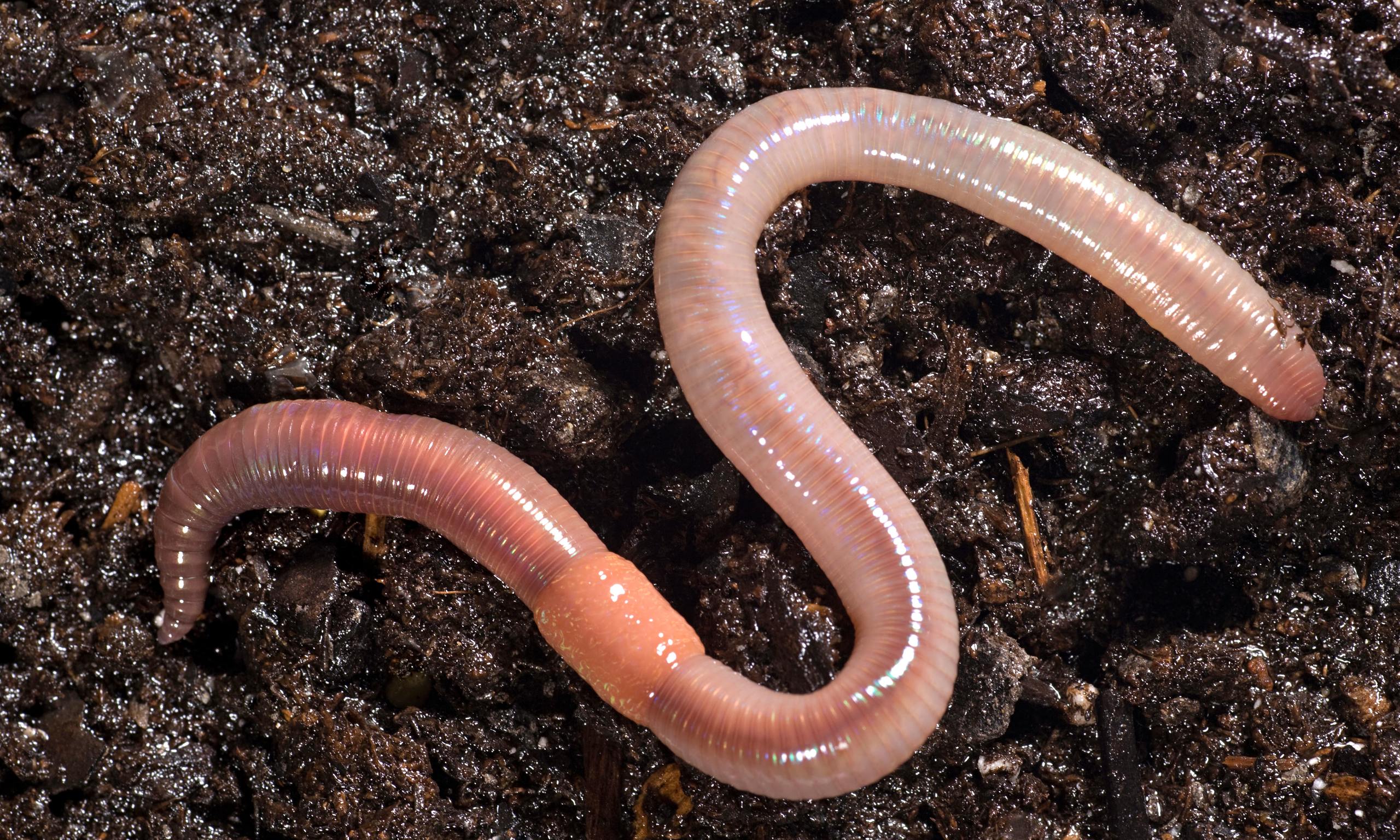Some Known Incorrect Statements About North Carolina Worms
Some Known Incorrect Statements About North Carolina Worms
Blog Article
North Carolina Worms for Dummies
Table of ContentsWhat Does North Carolina Worms Do?Some Ideas on North Carolina Worms You Need To Know7 Simple Techniques For North Carolina WormsThe Best Guide To North Carolina Worms
Example: 1-gallon of worm spreadings to 4 gallons of potting mix. 1/2 cup in the base of the growing hole for smaller sized plants. 1 cup for bigger plants.
The enhancement of tea can additionally include boosted microbial biomass to your dirt. You can always side-dress your plants with worm castings any time. Simply remember, the microbes will pass away if revealed to UV rays (Sun), so make certain to cover the castings with an inch or so of soil.
This baffled them for years till the testing approaches ended up being much better. It would obtain better(with even more castings), degree off, and then decrease. Too lots of worm castings would certainly accelerate the development to a speed that the plant can not recover from.
The 30-Second Trick For North Carolina Worms
I have expounded the virtues of worm spreadings for about 2000 words. Worm castings are no various. It takes time to develop quality worm spreadings.
Worm spreadings certainly set you back more than chemical fertilizers. Worm spreadings are on the more affordable end of organic fertilizers. (50 gallons per year) It is a much harder and really costly investment to generate big amounts of worm spreadings.

Actually, producing a healthy soil may be the best advantage of worm castings. Healthy soil was gone over and how important this has actually ended up being to everyone. The top ten benefits of worm spreadings were likewise presented. We discussed worm spreadings NPK and also the correct nutrient evaluation that should relate to worm castings.
The Main Principles Of North Carolina Worms
We chatted about some of the disadvantages connected with worm castings. I covered a whole lot of material in this write-up.
The upright burrows are commonly open, although the worms cap the leading with residue and waste matter. The vertical burrows are very vital factors of entrance for quick water seepage right into the dirt, particularly in no-till systems. Air-filled porosity is important in helping plant origins to prosper. Roots need oxygen for their growth, whereas they generate carbon dioxide that requires to leave the soil.
Earthworms boost porosity by two mechanisms: (1) by producing permanent burrows, and (2) by boosting soil aggregation. Aggregation is boosted by the mixing of dirt and raw material in the earthworms' guts. Lake James Bait. These highly steady accumulations are transferred by some earthworms in their burrows, and by others at the surface of the dirt


In an additional research, earthworms were approximated to take in 4 to 10 percent of the top 6 inches of the dirt each year. This only goes to show the substantial quantities of soil that can be refined by earthworms. Soil compaction lowers the porosity of the soil. Because earthworms raise porosity, they reduce the effects of compaction.
The 2-Minute Rule for North Carolina Worms
Regular earthworm populations can quickly consume 2 loads of completely dry matter per acre per year, partially digesting and blending it with soil. The significance of earthworms to mix surface area deposit with dirt comes to be really clear in dirts that do not have any type of earthworms. The majority of our Pennsylvania dirts have at least some earthworms, and the result of their full lack, consequently, can not be noted.
(https://ask-dir.org/North-Carolina-Worms_341995.html)In these dirts, the formation of topsoil with affordable natural matter web content did not occur, resulting in poor crop growth. As soon as the reason was developed, the government of the Netherlands started a project to present earthworms. After the introduction of the earthworms, a dark topsoil layer was developed, and plant development boosted considerably.
They live largely from partly decayed natural issue that is already incorporated in the dirt. These varieties consume big amounts of dirt that they blend with digested crop deposit in their digestive tracts.
Their burrows stay open, although they top the top with plant deposit that they pull to the entrance. These varieties consume considerable amounts of soil that they blend with absorbed residue in their guts. Their excrement is mainly deposited at the surface of the dirt. The nightcrawler Lumbricus terrestris is one of the most prominent participant of this group.
Report this page